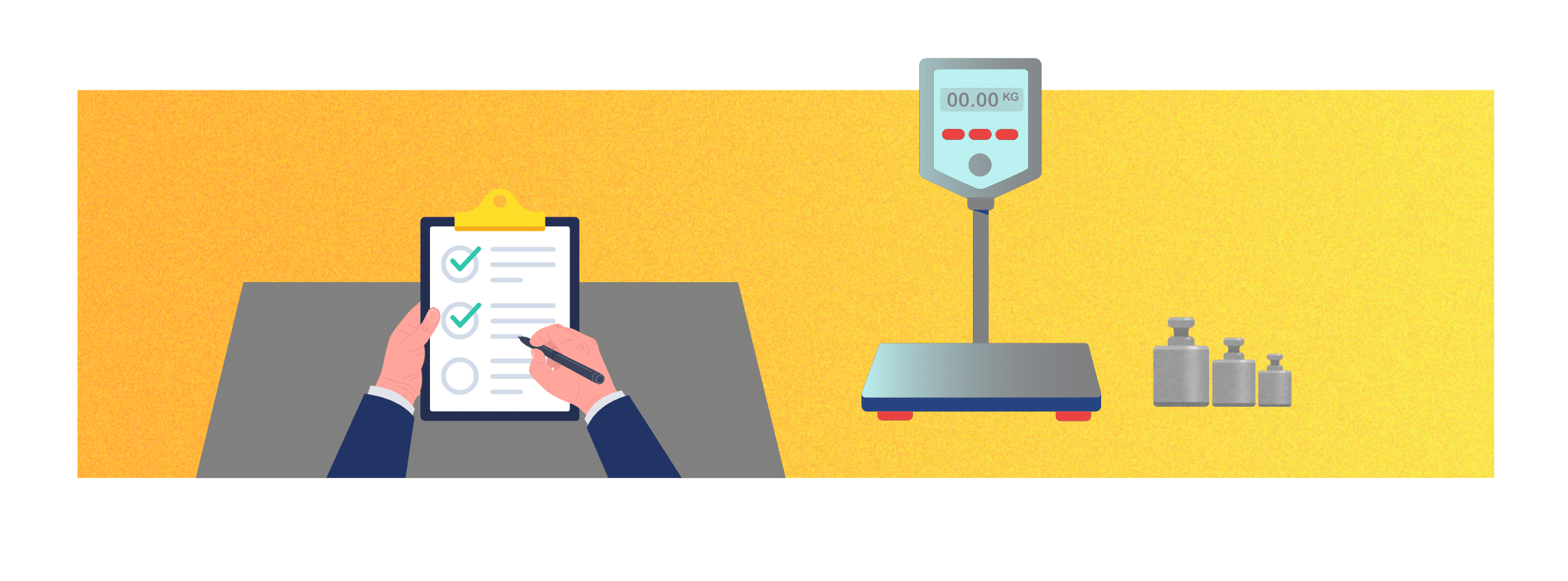load cell terms

Legal for Trade Scales Simplified: The Go-To Guide
If your business involves selling goods by weight or measure, understanding “legal for trade” is essential. This certification ensures that ... Read more

Measurement System Compliance Certificates and Approvals Explained
A quality load cell is marked with "badges" or logos that tell buyers it meets quality standards set by one of several governing bodies. This quick read explains common ones.

What Does the IP Rating of a Load Cell Mean?
All load cells come with a marking such as "IP57". What does this marking tell you? This article gives a brief but detailed explanation of the Ingress Protection rating on all load cells.

Continuum Robots and Tactile Sensors
A continuum robot is a continuously articulating robotic arm capable of maneuvering in restricted spaces. Learn how it works and its uses as tech advances.

Force Measurement Acronyms and Abbreviations
Find an extensive list of acronyms and abbreviations related to the field of force measurement, including units and standards bodies-related acronyms.

Load Cell Classes: NIST Requirements
Our article, Measurement Uncertainty in Force Measurement, explains load cell measurement uncertainty calculations defined by standards bodies. These methods rely ... Read more

Measurement Uncertainty in Force Measurement
Here we present general ways to evaluate uncertainty in force measurement applications. We also relate these concepts to the uncertainty figures given with load cell product specifications.

Load Cell Classes: OIML Requirements
What is a load cell class? Find out what OIML certification says about load cell accuracy, resolution, and application in industry.

The Versatile Strain Gauge Load Cell
For load measurement, strain gauge load cells are cost-effective, accurate and highly configurable. Learn about their properties and how their bridge configurations affect accuracy.

How Does an Optical Strain Gauge Work?
Understand the working principle of optical strain gauge technology and explore its advantages and disadvantages in load applications



